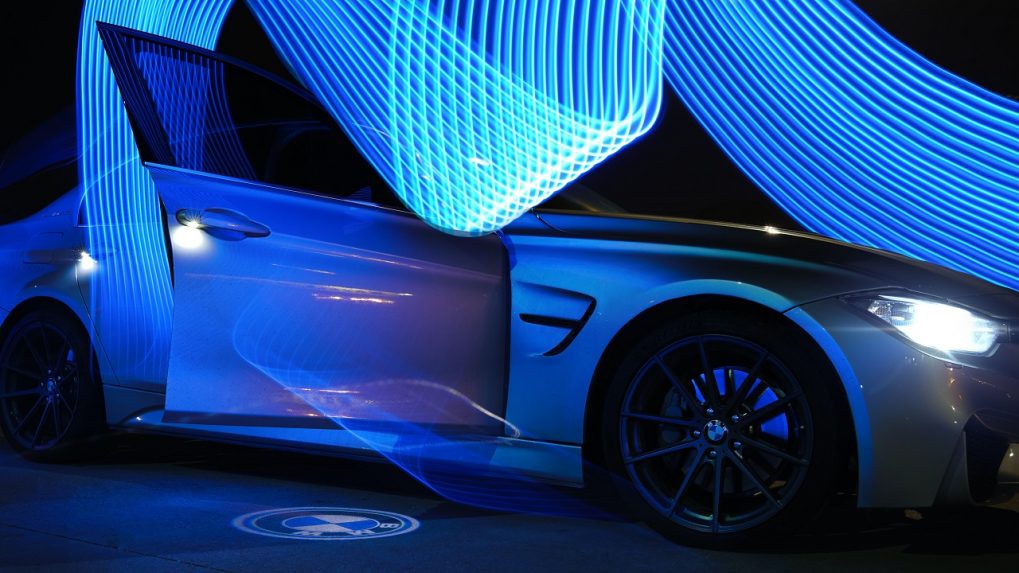Pitch, Please: BMW India puts its media and creative account up for review
The German luxury car maker has called for a pitch and is reviewing its agency requirements.
ADVERTISEMENT
BMW India has put its creative and media account up for review. Industry sources aware of the development tell Storyboard18 that the pitch is underway in Delhi. The account size is pegged in the vicinity of Rs 150 crore.
IPG-owned Lodestar UM is the incumbent. The agency handles the brand’s media investment and strategic planning in print, television, online, out-of-home (OOH) and radio. Lodestar UM has been handling the account since 2017.
In 2021, after a rigorous multi-agency pitch, IPG’s Team Dynamic was announced as BMW India’s integrated communications partner. Team Dynamic is a bespoke IPG solution created for BMW India, with regional resources drawn from across IPG. The unit has been working on the brand's creative, digital services, and studio production work.
Earlier in 2022, the German luxury carmaker sold out the allocated batches of SUV iX and an all-electric MINI for the year in India. The company’s midsize electric sedan i4 was launched in May.
According to media reports, globally, BMW is set to introduce 25 electric vehicles by 2023. Nearly half of them – the full electric ones – could be launched in India. BMW India's ad spends were around Rs 139 crore in FY21 compared to Rs 171 crore in the previous fiscal.
Experts say that the Indian automobile industry has been grappling with a slowdown since 2019. A combination of factors including the BS6 emission norms, global shortage of semiconductors, the pandemic, and the tense socio-economic environment across the globe, has slowed down the auto sector. However, there are positive signs as big players in industry, especially in India, are driving towards recovery.
As per market and consumer data experts Statista in 2020, the Indian automotive industry spent 39 percent of its advertising budgets on print media, followed by television ads at 29 percent of the total expenditure. Interestingly, the spending on digital advertising increased from 12 percent in 2018 to 25 percent in 2020, while cinema ad spends decreased from 11 percent in 2018 to just one percent in 2020 when the pandemic hit.

